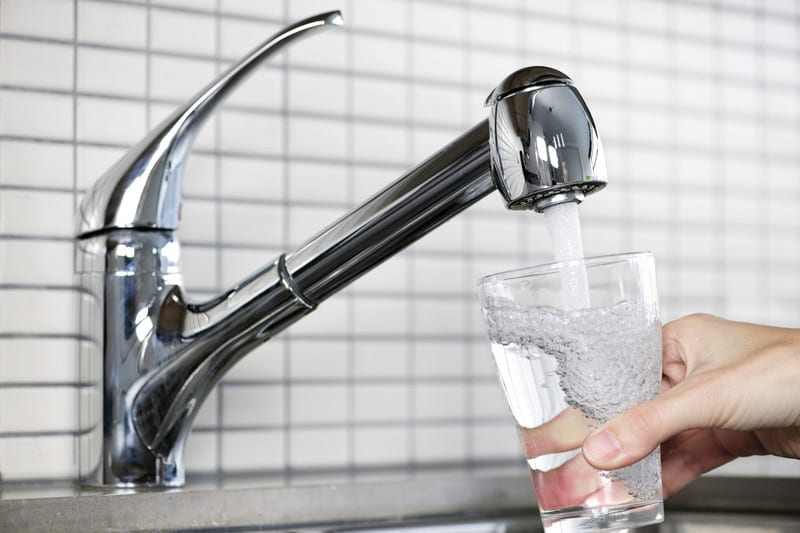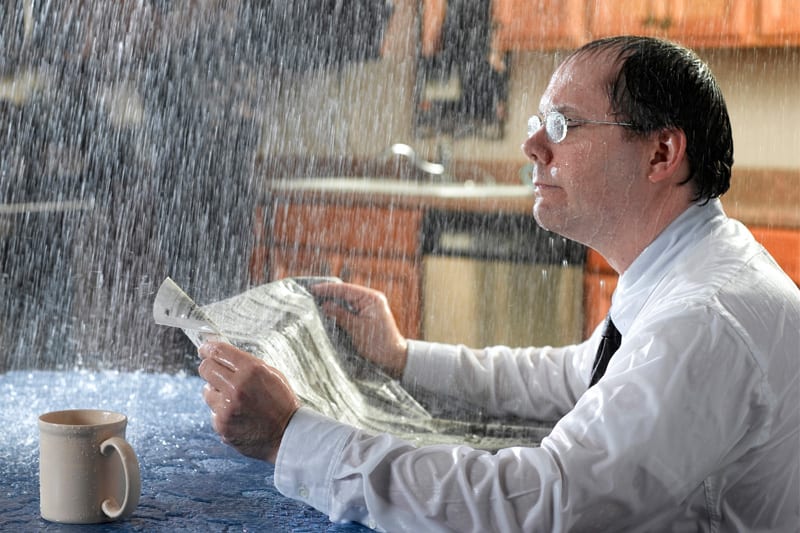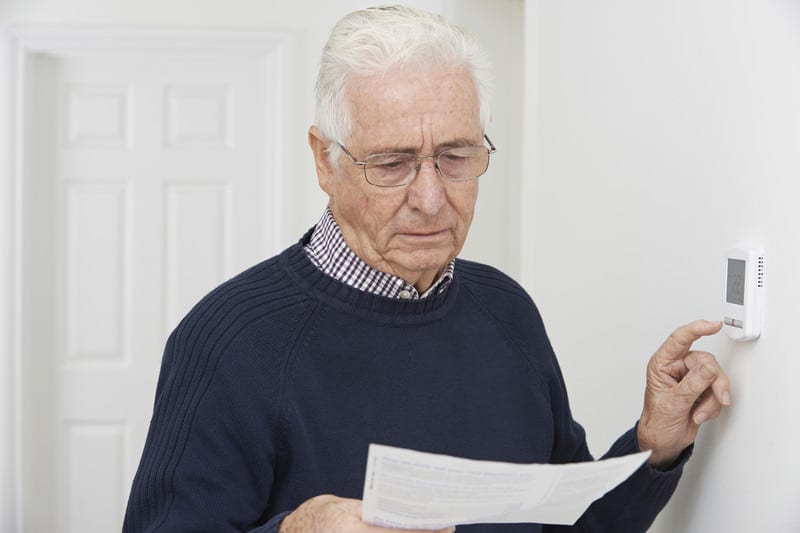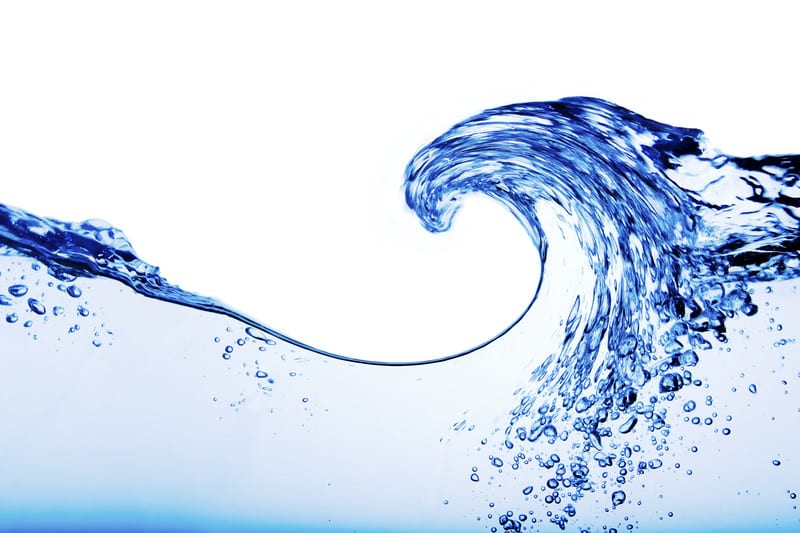200,000 Irish Homes Could be at Risk of Lead Contamination in their Water Supply

A Government strategy to deal with lead contamination in the water supply of up to 200,000 Irish households is expected to be agreed at today’s Cabinet meeting. Irish Water said any building that pre-dates 1970 has a good chance of being affected. Lead Contamination It is reported the heavy metal element has already been detected […]
Tips to Protect your Home from Water Damage

Water damage is one of the most common and costly disasters affecting homeowners. Think about how many hours you are away from your home. Whether it is going to work every day, a weekend getaway, or a family holiday, many of us are gone for an extended period of time. Now, imagine how you would […]
Winter Boiler Safety & Maintenance Tips

Boiler Safety is very important with winter rolling in it is only natural that people will need to use their home heating systems more often. What a great many people do not seem to realise is that heating systems which have been left idle for many months may no longer work properly and, in some […]
Water Charges to be Even More Expensive Than Feared

In a piece of news that is bound to engage people across Ireland, it has emerged that the daily water allowance, which was widely bandied about by Irish politicians in the run up to the recent elections (both local and European), will, in fact, be significantly less than the quoted 104 litres (which works out […]